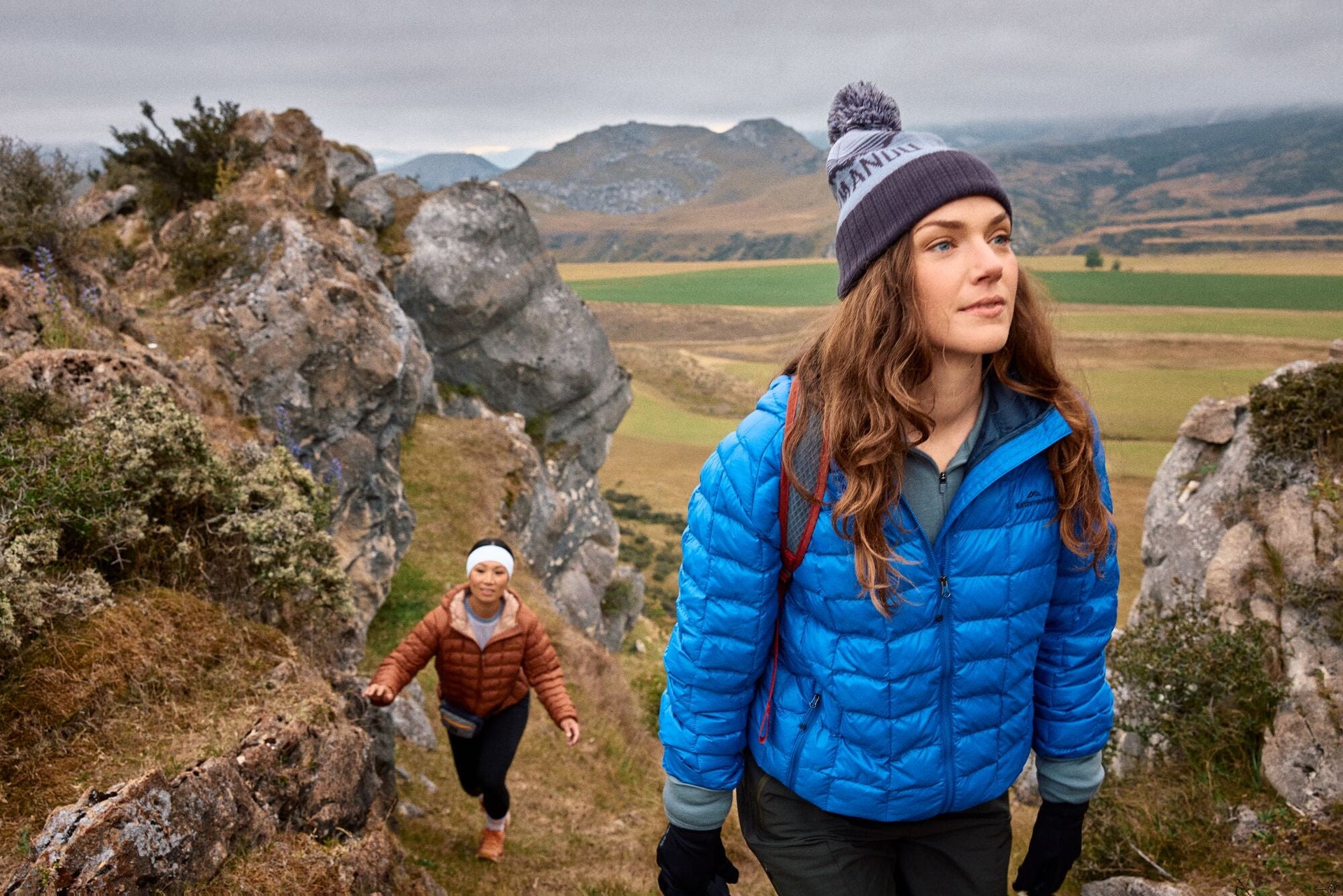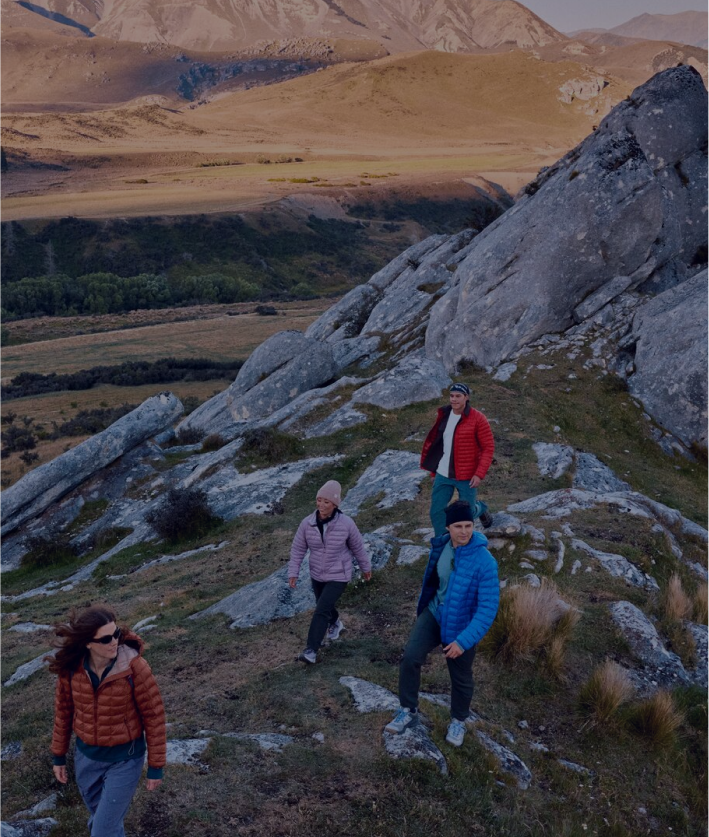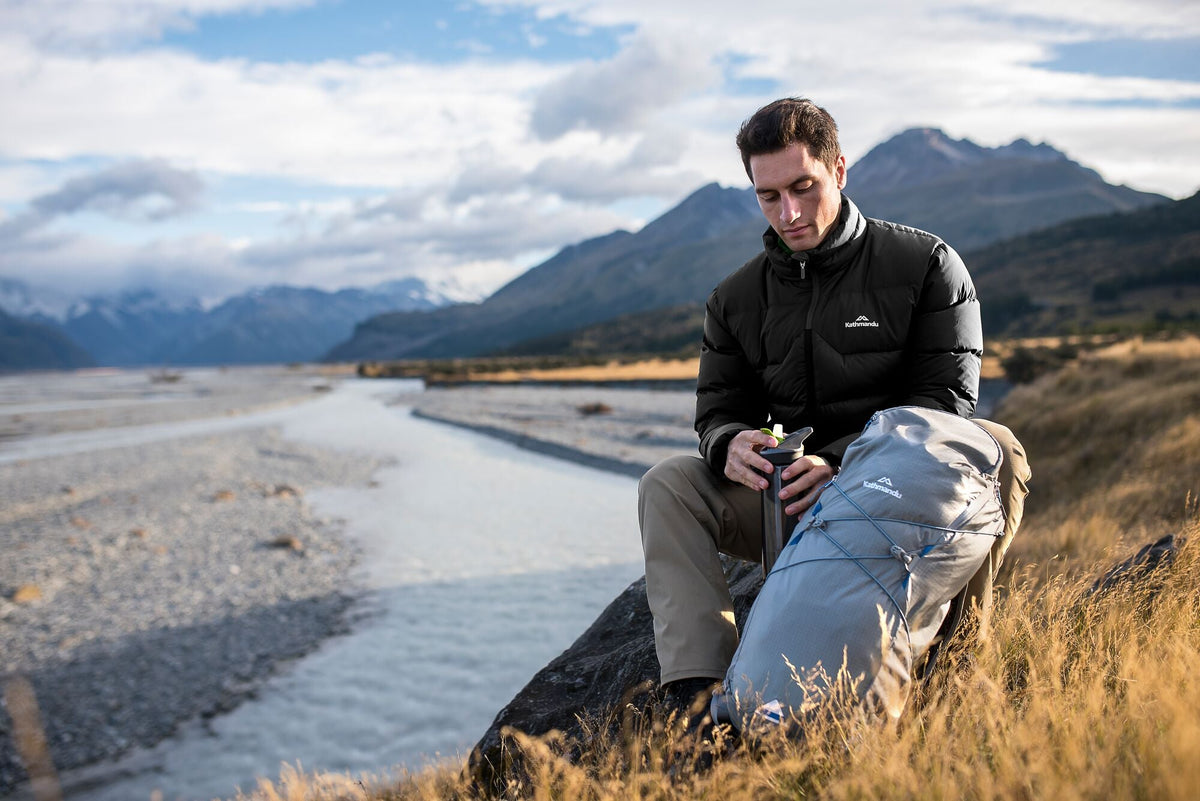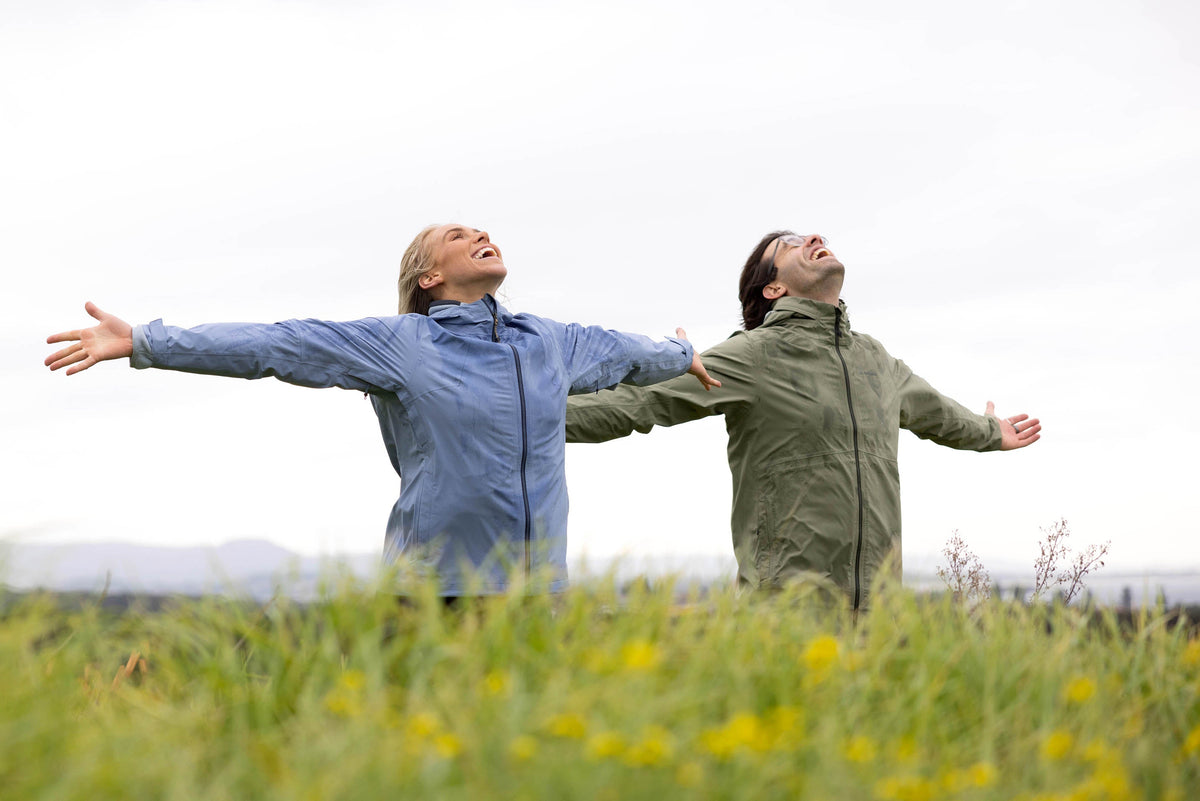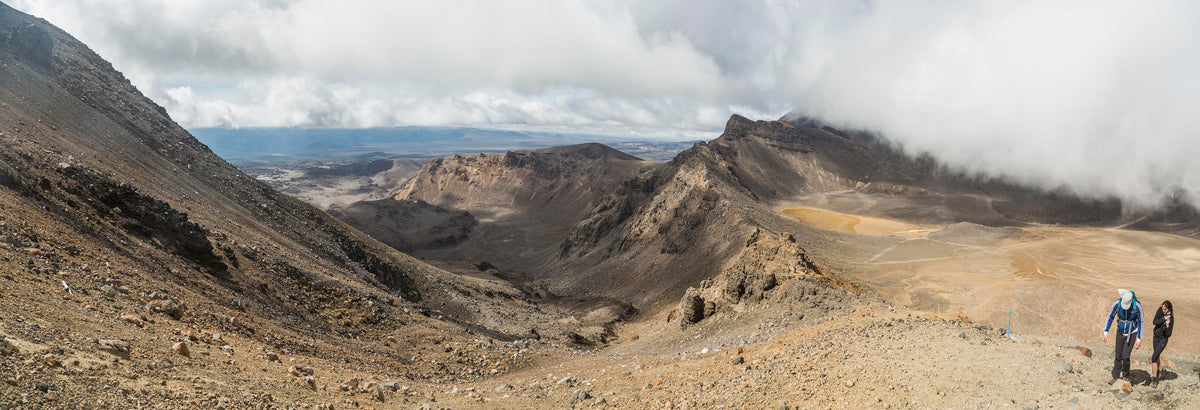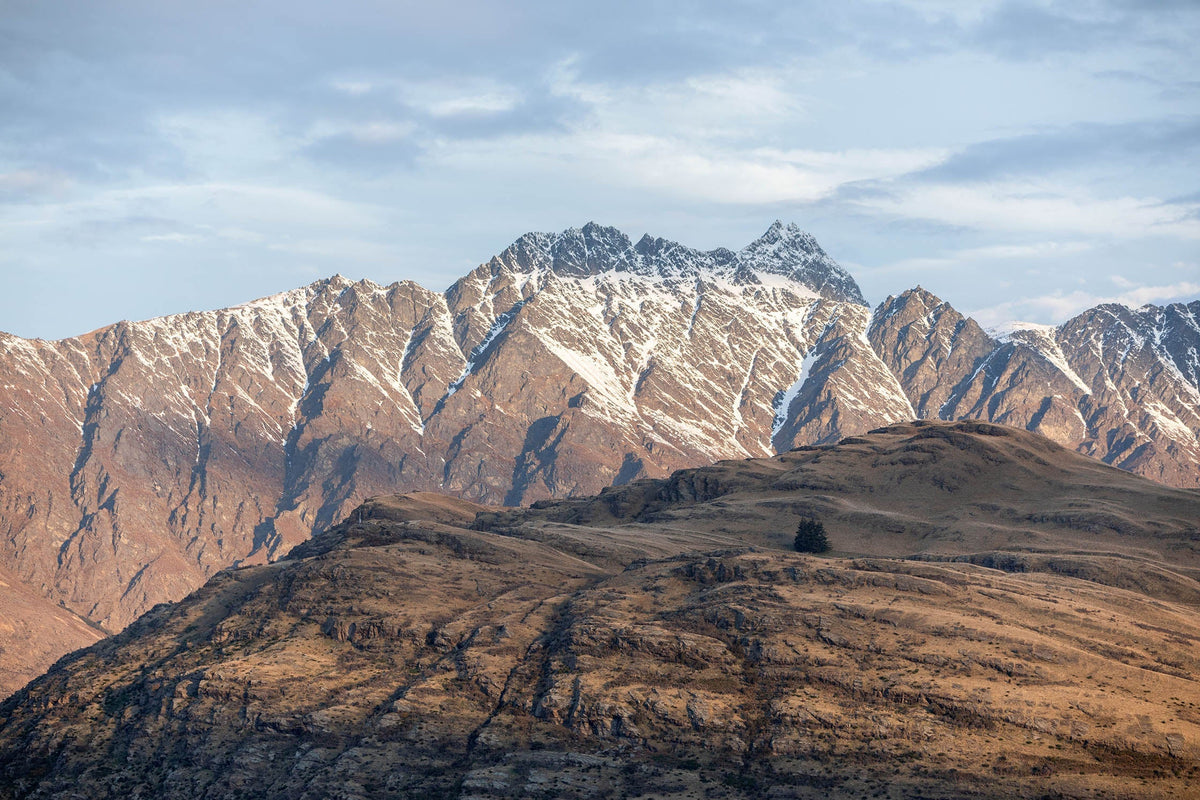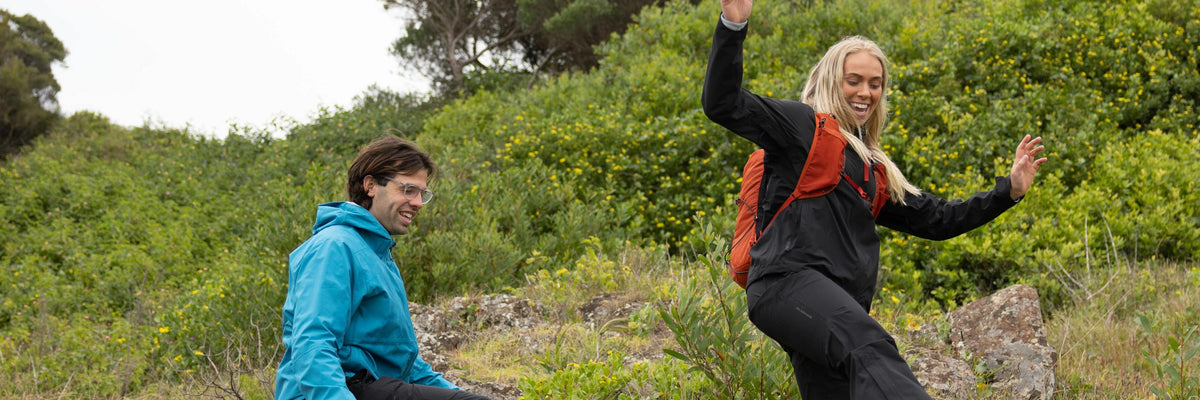Water is crucial when you're out hiking, but finding clean water sources isn't always a walk in the park. Even the clearest-looking streams and lakes can have dangerous bacteria and parasites lurking about. Sipping untreated water can make you really sick with nasty illnesses like giardia - trust us, the last thing you want when hiking is a bout of diarrhea. In this article, we'll cover the different ways you can treat your water, and the pros and cons of each.
First things first, it's important to note a lot of stomach-related illnesses are actually caused by poor hygiene, so it's essential to keep your hands clean while hiking. Be sure to pack some hand sanitiser and use it frequently, especially after answering nature's call. It's also a good idea to sanitise your hands before preparing food, handling water, or touching a natural water source. By practising good hygiene habits, you can help prevent the spread of harmful bacteria and keep yourself and your hiking companions healthy.
Tips for gathering water
- Look for flowing water in a stream or river to avoid algae and microorganisms.
- Clear calm water with minimal sediment is a good option if no flowing source is available - but choose a location away from the shore where microorganisms tend to accumulate.
- Avoid water near pastures, or established campsites and check for signs of animal or human activity.
Boiling
Boiling is the most straightforward method of water purification. Bring water to a rolling boil for one minute (or three minutes in apline conditions), and it will kill most bacteria, viruses, and parasites. This method requires a stove, fuel, and a pot, so it's not the most lightweight or convenient option. Boiling is an excellent backup method in case other purification methods fail.
Chemical Treatments
If you're looking for an easy way to purify your water, consider using chemical treatments like chlorine tablets - just drop them into your water bottle and shake. These tablets work by killing off nasties and are super lightweight, making them a great addition to any first aid or emergency kit. Keep in mind though, that the tablets take about half an hour to treat viruses and bacteria, but two hours to kill giardia. While chemical treatments are a popular choice among many outdoors enthusiasts, it's important to note that they may not be the best option for everyone. If you have a sensitive stomach, a thyroid condition, or if you're pregnant, you might want to consider using a different method to purify your water.
Water Filters
Water filters are another popular method of purifying water when hiking. There are three types of water filters: pump filters, gravity filters, and squeeze filters. Pump filters are the most common type of water filter and work by pumping water through a filter cartridge. Gravity filters use gravity to filter water and are best for large groups of people. Squeeze filters are the lightest and most compact of the three types and are great for solo hikers. Water filters can remove bacteria, parasites, and other contaminants, but they don't remove viruses. Also, they require regular maintenance and can clog easily.
Looking after water sources
On the topic of water, let's talk about the Leave No Trace principles(/blog/leave-no-trace) and how they help keep water sources pristine. As more and more of us explore the great outdoors, it's important to remember to follow these principles to protect our beautiful natural spaces. Here are some of the key things to keep in mind when it comes to preserving the quality of backcountry water:
- First off, make sure to camp at least 60m away from any water sources. This helps prevent any contamination and keeps the water clean.
- When it comes to disposing of human waste, always do so at least 60m away from any water sources. This ensures that harmful bacteria and pathogens don't make their way into the water.
- Whatever you do, don't use or toss soapy water directly into rivers, lakes, or streams. Doing so can introduce harmful microorganisms that can hurt the local ecosystem. Instead, disperse soapy water on soil, where microorganisms can help break down any pollutants.
By following these Leave No Trace principles, we can all do our part in protecting our natural spaces and keeping them beautiful for future generations to enjoy.
PRODUCTS: B0434/,B0798/,B0436/,



